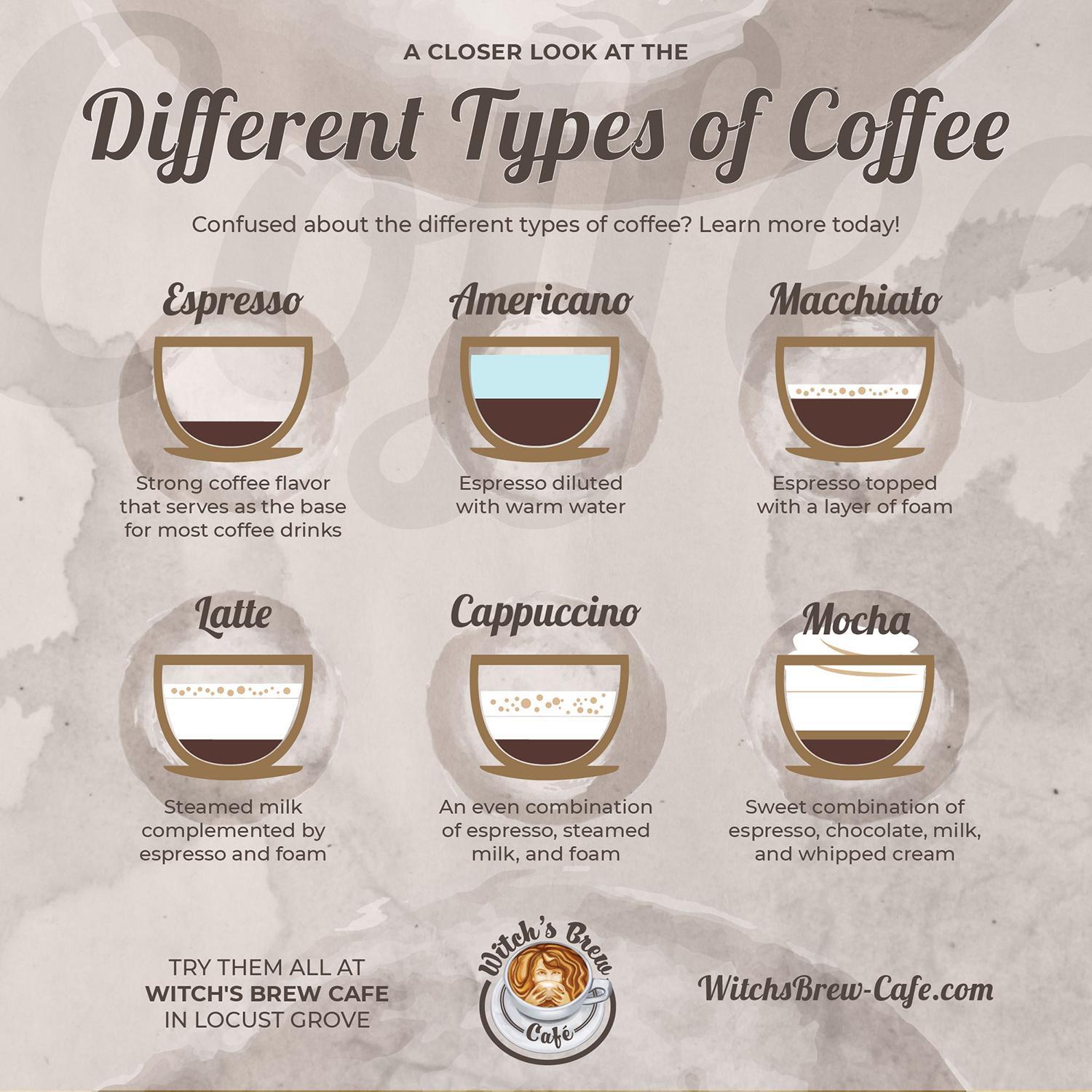What is the Difference Between Coffee and Espresso?
As a coffee enthusiast who enjoys all forms of coffee, I’ve often wondered, “What makes coffee and espresso different?” Despite both originating from the same beans, the two beverages have distinct flavors, textures, and caffeine levels. Through research, I’ve uncovered key differences between them, and I’m excited to share what I’ve learned. Uncover the advanced capabilities of the Philips 5500 LatteGo review
Both coffee and espresso use ground coffee beans, whether they are Arabica or Robusta. However, their differences lie in preparation, grind size, brewing time, flavor, and caffeine content. Understanding these aspects can enhance your appreciation for both drinks, whether you’re a casual coffee drinker or an espresso aficionado. Get a closer look at the features of the Philips 5400 LatteGo review
The Fundamental Difference: Brewing Process
The primary difference between coffee and espresso lies in the brewing method, which influences the flavor, texture, and caffeine concentration. Explore our top picks in the Best Automatic Espresso Machine review
For regular coffee, common brewing methods include drip coffee makers, pour-overs, or French presses. These processes involve a slower extraction of water passing through coarsely ground beans over several minutes. The result is a milder, less concentrated drink. Find the perfect machine to beat the heat in the Best Iced Coffee Maker review
Espresso, however, is brewed with pressure. An espresso machine forces near-boiling water through finely ground coffee at around 9 bars of pressure. This rapid method takes only 25-30 seconds and produces a rich, concentrated shot with a thicker texture, bold flavor, and the signature crema—a golden-brown foam on top of the shot. Dive into the best options for making lattes in the Best Latte Maker review
In short, the brewing method is the key differentiator between coffee and espresso. While regular coffee is like a slow, relaxed soak, espresso is a quick, high-powered burst of flavor.

Grind Size and Bean Preparation
Grind size plays a crucial role in the taste of both coffee and espresso. Regular coffee uses a coarser grind because the slower brewing process allows for balanced flavor extraction without bitterness.
Espresso, on the other hand, demands a finer grind. The finer particles ensure maximum flavor extraction in a short time, which, combined with pressure, creates espresso’s bold and concentrated taste. Using the wrong grind size can significantly affect the flavor and texture of espresso, as I learned the hard way during my early attempts to brew espresso at home.
Taste Comparison: Bold vs. Smooth
Coffee and espresso offer distinct flavor experiences. Regular coffee is typically smoother and milder, as the slower extraction process allows for a more balanced and less intense flavor. The overall mouthfeel is lighter, with a more delicate taste.
Espresso, on the other hand, delivers an intense burst of flavor. Its fine grind and pressurized brewing pack a punch of boldness, with a thicker, syrupy texture. Depending on the beans, espresso can taste earthy, nutty, or even fruity, but it is always robust in flavor.
For a slow, relaxed sipping experience, regular coffee is ideal. But when I need a quick, flavorful pick-me-up, espresso is my go-to.
Caffeine: Which One Delivers More?
A common misconception is that espresso contains more caffeine than regular coffee due to its intense flavor. While espresso is more concentrated, the caffeine content depends on serving size.
Per ounce, espresso has about 63 milligrams of caffeine, while drip coffee contains around 95 milligrams per 8-ounce cup. However, since espresso is consumed in smaller amounts, a coffee drinker may consume more total caffeine than an espresso lover.
For a sustained energy boost, I reach for regular coffee. But when I need a quick jolt, especially in the afternoon, a shot of espresso does the trick.

The Crema: Espresso’s Signature Element
One of the most visually striking differences between espresso and regular coffee is crema, the golden-brown foam that forms atop a well-made espresso shot. Crema is produced when pressurized water emulsifies the natural oils in the coffee, giving espresso a smooth, velvety finish.
Regular coffee, brewed without high pressure, lacks this crema. I find crema to be the perfect finishing touch for espresso—almost like the final flourish on a gourmet dish.
Versatility in Beverage Options
Another significant difference lies in the versatility of each beverage. Regular coffee is often enjoyed plain or with milk, but it rarely serves as the base for complex drinks.
Espresso, however, is highly versatile. It forms the foundation of popular drinks such as lattes, cappuccinos, macchiatos, and Americanos. Each drink starts with a shot of espresso and incorporates varying amounts of milk, foam, or water to create a range of flavors and textures. I love experimenting with different espresso-based drinks at home, especially when feeling creative.
Conclusion
While coffee and espresso may come from the same beans, their distinct brewing methods, grind sizes, and flavors set them apart. Regular coffee is smoother and lighter, perfect for leisurely sipping. Espresso, with its quick brewing process and concentrated flavor, is bold and versatile, ideal for a quick pick-me-up or as the base for other drinks.
Ultimately, the choice between coffee and espresso depends on personal preference. If you’re seeking a smooth, mellow experience, coffee is your best bet. If you prefer something more intense and flavorful, espresso will deliver. Both beverages have their unique charm, and for me, it’s all about enjoying the best of both worlds, depending on the time of day or my mood.
